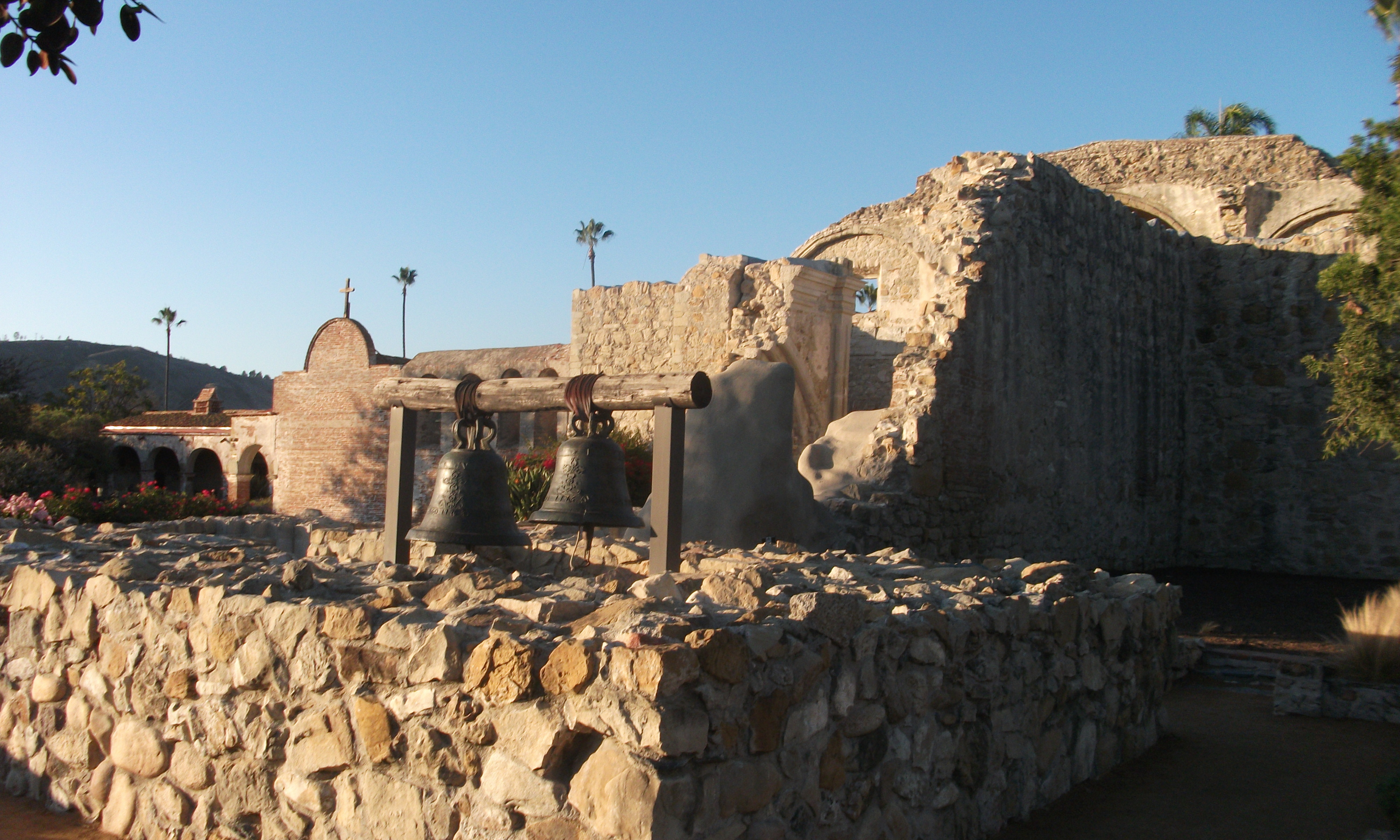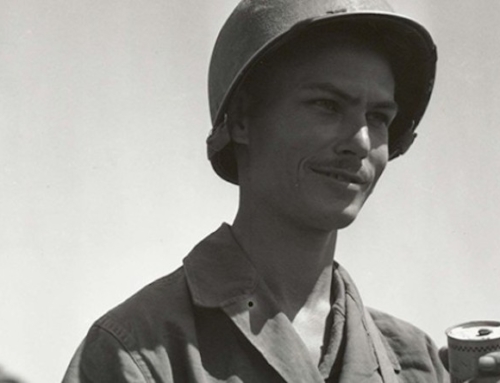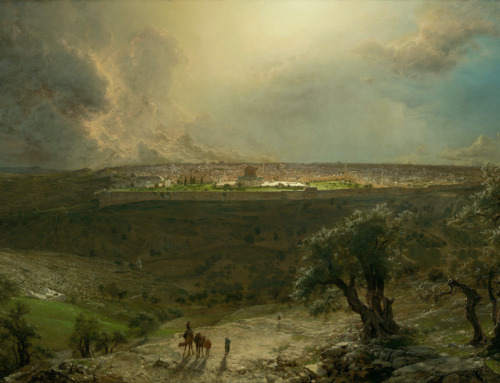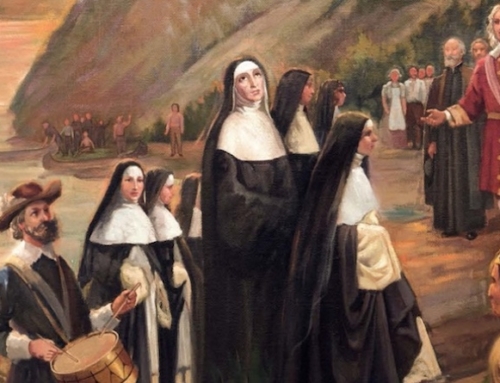Throughout California and parts of the American Southwest, remnants of Spanish missions stand as testimonies to the work of Franciscan missionaries during the 18th and 19th centuries. These missions would often become the eponyms for the large cities that would sprout around them like San Francisco, San Diego, and Los Angeles. Many have become museums, yet one of the most famous missions (which still has an operating chapel on its grounds) is named for the saint whom the Church honors today: St. John of Capistrano (1386-1456). Places like Mission San Juan Capistrano (founded in 1775) were self-sustaining communities, which included a church and several buildings for teaching practical skills to the native populations. Seeking an alternative approach to the atrocious activities often practiced by earlier colonial settlers, the founders of these missions did not outright seek to convert native populations, but first helped them develop skills and trades. This served as a gateway for preaching the Gospel, which led to thousands of baptisms until the missions were eventually closed or taken over by the government.
The missionary activity of the Church began on Pentecost. The apostles, following the call of the Lord at his Ascension to “make disciples of all nations” (Mt 28:19), were sent to proclaim Jesus Christ beginning in the streets of Jerusalem. Since that moment, the Church has never ceased to proclaim him! From the apostles to missionaries like St. Patrick or St. Boniface who converted specific nations, to religious orders sending missionaries to all parts of the world and establishing themselves for the work of evangelization, the Church’s missionary activity remains constant, though adjusting its approach to the needs and circumstances of different times and places. The saint we celebrate today, St. John of Capistrano, answered this call in the Middle Ages, leaving his native Italy to preach the Gospel to heretics in Eastern Europe.
Pope Francis has designated this October as an Extraordinary Missionary Month, with the theme of “Baptized and Sent: The Church of Christ on Mission in the World.” This commemorates the 100th anniversary of Pope Benedict XV’s apostolic letter on the Church’s missionary activity, Maximum Illud. The Holy Father is reminding all Christians of our call to proclaim the Gospel. In his letter announcing the month-long observance, Pope Francis reflects on the gift of faith that we have received in baptism and the need for evangelization. Such faith is “a treasure to be given, communicated and proclaimed: that is the meaning of mission.” Faith and mission are linked, for if we have no faith, what substance can we proclaim to others? At the same time, to hold faith to ourselves without witnessing it makes us like the servant who hid his talent out of fear (Mt 25:25).
While all the baptized are called to share in the Church’s missionary activity, the means of carrying this out may vary. Some will do so through a religious vocation, living the charism of their communities as foreign missionaries. Others will do so in less formal ways, responding to the needs of evangelization in their local churches and communities. Some may volunteer through missionary activity for a time, while others may devote an entire lifetime to bringing the Gospel to the ends of the earth. Even the witness of a cloistered nun like St. Thérèse of Lisieux is an inspiration, as she was devoted to praying for the missionary activity of the Church. This would lead to her being declared the co-patron of missions by Pope Pius XI in 1927.
The Holy Father has entrusted the Church’s missionary activity to Mary. She received the Word Incarnate at the Annunciation, and immediately went to assist her pregnant cousin Elizabeth. Mary shows us what it means to be a missionary—to receive Christ in faith and then bring him to others by proclaiming the “greatness of the Lord” (Lk 1:46). This Extraordinary Missionary Month is an opportunity for the Church to renew its efforts of evangelization. Our message is clear: Jesus Christ died for our sins and has risen again to restore us to life. Responding to the graces of our baptism, we go forward, guided by the Holy Spirit to proclaim this word of salvation to all we meet.
✠
Photo by Br. Paul Marich, O.P.







